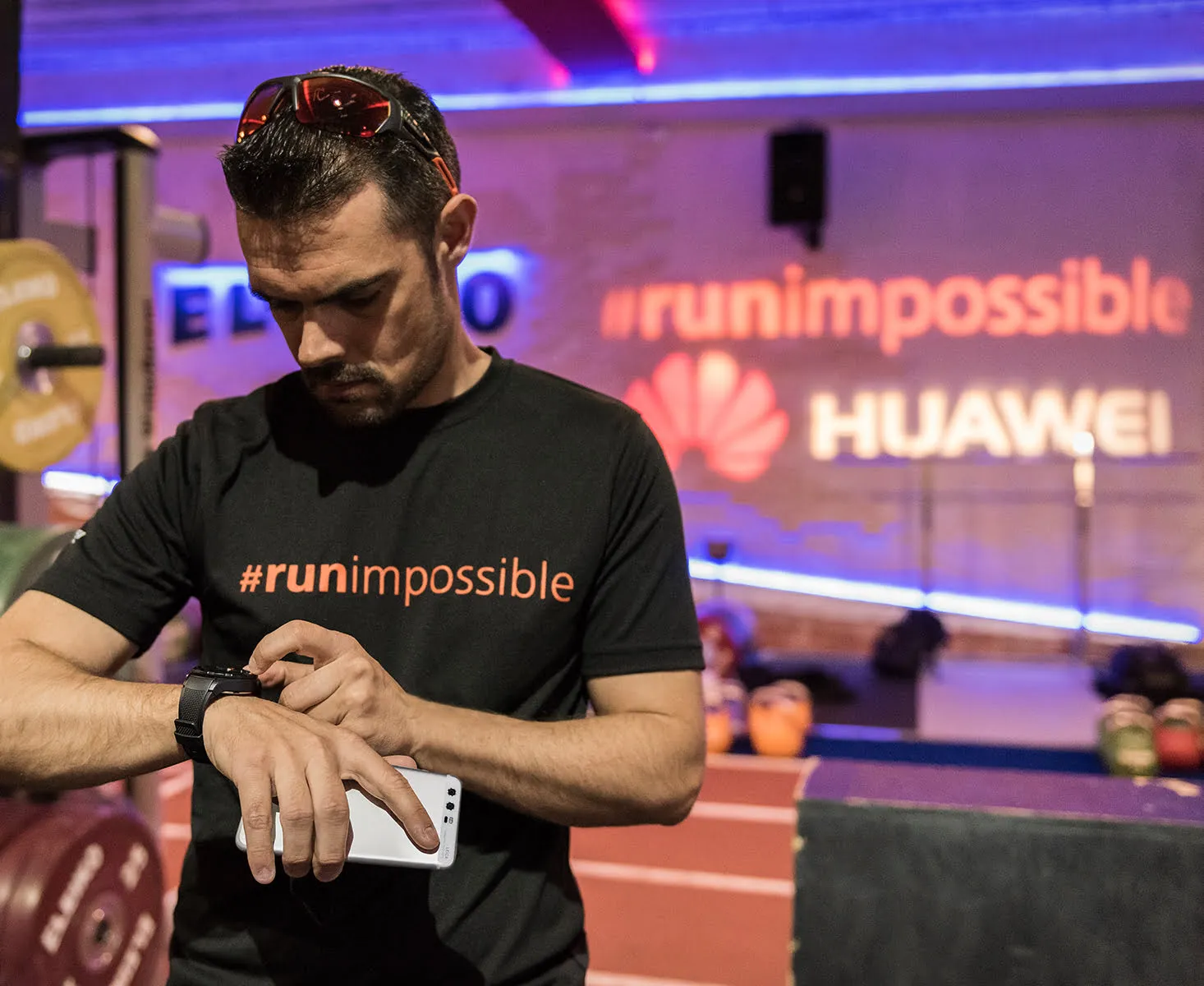The legalization of marijuana throughout select states in the U.S. and in various spots around the world has created a retail scenario much like that of other “sin” industries, most notably liquor. And like booze, pot is actively working to shake the image problem it has traditionally held with certain segments of the population.
Now that the industry is out of the shadows, its future depends on marketing tactics aimed at integrating its products into the mainstream.
The uphill battle for emerging cannabis brands is reminiscent of that faced by beer and cigarette companies throughout the 1940s and ‘50s. Through their individual quests for identity, beer became a domestic centerfold, while cigarettes assumed the picture of rebellion and style. And today, whether it’s providing relief for MS symptoms or release from the stressors of everyday life, weed is slowly becoming acceptable, finding its place in our modern social fabric. It’s also been legally commoditized, with projections indicating that the cannabis industry will be worth more than $63.5 billion by 2024.
As with most industries, identity design and product differentiation is a critical component to attracting and retaining customers. For “cannabusinesses,” as interest intensifies among pot evangelists and curious nonusers alike, it’s the most critical component. Crafting a brand identity related to brand attributes, assets, and corporate culture can drive significant growth in the what is a crowded cannabis marketplace.
Identity design needs well-developed aesthetics and vivid visuals
Many weed connoisseurs spend their time raising awareness and creating recall for their brand. They want to sell a lot of pot to a lot of people, and they’ve generally found that the best tactic for doing so is through consistent and aggressive word-of-mouth marketing. This strategy relies on a strong brand identity and the visual assets that go along with it, such as distinct color palettes and typefaces.
As the legal cannabis industry continues to mature, these visual assets will play an increasingly important role in differentiation and mainstream comfortability. A few years ago, Slate reported that 44% of new logos registered as trademarks for a marijuana-related business featured a cannabis leaf. Not exactly an innovative choice for businesses in a marketplace with a differentiation problem. Brands like Seven Point and Level Blends do an outstanding job incorporating modern elements that feel sophisticated and high-end – without a green pointed leaf in sight.
Ultimately, choosing identity design, branding elements, and assets that move industry perceptions from illicit to illustrious will keep a cannabis business competitive.

Image credit: Level Blends
Personas beyond old-school stoner culture
Buyer personas are particularly important when it comes to cannabis marketing. People are using cannabis for a variety of reasons, with new buyers entering the market regularly. When identifying those to target, there are several values and individual characteristics to consider. Many dispensary ads today feature farmers, scientists, businesspeople, blue-collar and white-collar workers alike, in an effort to build trust and normalize the culture. Regardless of the stereotype, cannabis consumers go well beyond Cheech and Chong.
In a recent interview, Olivia Mannix, co-founder of Cannabrand, told the Atlantic that a number of their clients come to them asking to “look like Apple.” This request can be accomplished in a variety of ways, many of which revolve around disassociating pot culture with old-school paradigms. Even the use of “cannabis” in place of slang terms has proven to convey a progressive, higher degree of acceptability. Using brand activation to meet target audiences face-to-face can also be immensely helpful in “normalizing” pot and providing consumers with an education on its many benefits.
Getting high on your own supply
In many ways, the modern cannabis culture and progressive corporate culture go hand-in-hand. In an article published by Complex, Kyle Sherman, co-founder of cannabis-focused software company Flowhub, even said of his employees using marijuana on the clock, “If it helps them get work done, then we don’t care if they consume at work.” It’s part of the philosophy. And for emerging cannabis brands, a great corporate culture can breed a brand identity that will pay long-term dividends for companies seeking to attract and maintain the best talent to lead them to growth.
In drawing back to the connection to its fellow sin industry, cannabis brands can take note from culture leaders in the alcohol industry. For example, New Belgium Brewing Company, ranked eight times as one of the best companies to work for, is progressive in the perks that they offer their employees. Bryan Simpson, their PR director and a 19-year veteran of the company, said “it’s especially rewarding to see that the values that have driven us for the last 25 years continue to resonate with our co-workers and show results in the marketplace.” The craft-beer company provides each employee with a beer a day and a 12-pack every week, among other benefits.
Ultimately, this isn’t about allowing employees to dip into the product, but about identity design that is rooted in trust and liberty in the workplace. A successful company in any industry will have team buy-in. Cannabis companies can best differentiate themselves by creating an environment that gives employees a strong culture that promotes brand growth and demonstrates a clear delineation between your company and those of your competitors.
In conclusion
Its journey into the mainstream, crowded as it may be, will ultimately unveil a multitude of cannabis-based brands and businesses. Many of the same practices, objectives, and marketing tenets that have long-guided alternative companies and their products will be at play here as well.
However, for innovative cannabis brands, future success and differentiation hinges on creative identity design and forward-thinking. Brand attributes, assets, and corporate culture can play a significant role in that success, combined with a comprehensive strategic identity design that celebrates cannabis culture – both the old and the new.







